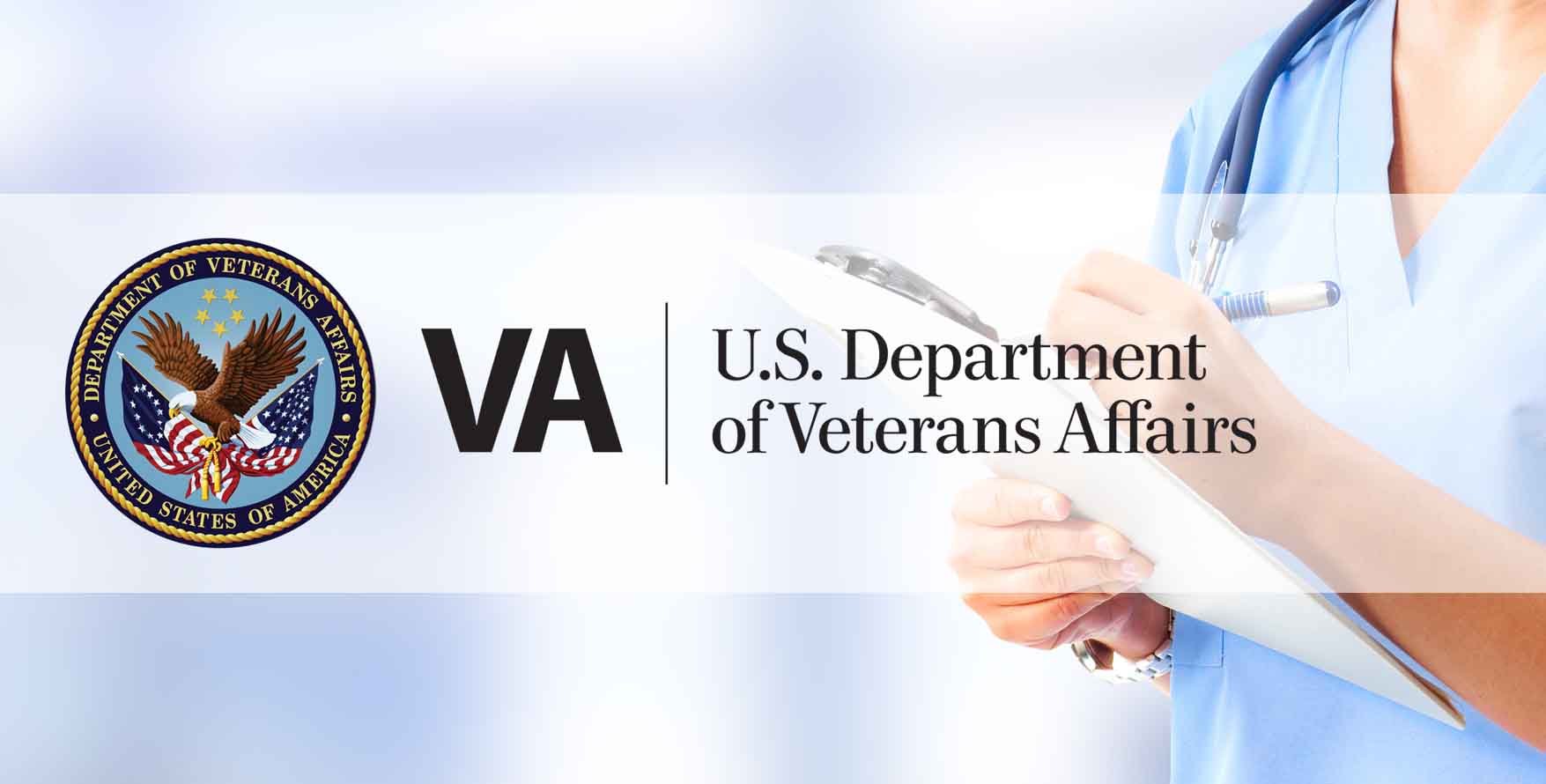Introduction
As a veteran, you’ve earned the right to access comprehensive health care benefits through the Department of Veterans Affairs (VA). Navigating the VA health care system can be overwhelming, but it’s essential to understand the process to make the most of your benefits. In this detailed guide, we’ll explore how to access and use your VA health care benefits, covering topics such as eligibility, enrollment, available services, and tips for using your benefits effectively.
Related Articles:
- How to Apply for Disability Compensation as a Veteran: A Step-by-Step Guide
- Physical Therapy and Rehabilitation for Wounded Veterans: Restoring Hope and Enhancing Quality of Life
- What is the Veteran Readiness and Employment Program and How to Utilize It
- How to Maximize Your VA Military Veteran Pension Benefits
- Comprehensive Guide to Life Insurance Options for Veterans and Their Families
I. Determine Your Eligibility for VA Health Care Benefits
Before you can access your VA health care benefits, you must first determine your eligibility. Eligibility is based on factors such as your military service history, discharge status, disability rating, and income. Generally, you may be eligible for VA health care benefits if you served in the active military, naval, or air service and didn’t receive a dishonorable discharge.
If you enlisted after September 7, 1980, or entered active duty after October 16, 1981
- You must have served 24 continuous months or the full period for which you were called to active duty, unless any of the descriptions below are true for you.
This minimum duty requirement may not apply if any of these are true:
- You were discharged for a disability that was caused—or made worse—by your active-duty service, OR
- You were discharged for a hardship or “early out,” OR
- You served prior to September 7, 1980
If you’re a current or former member of the Reserves or National Guard
You must have been called to active duty by a federal order and completed the full period for which you were called or ordered to active duty. If you had or have active-duty status for training purposes only, you don’t qualify for VA health care.
If you served in certain locations and time periods during the Vietnam War era
- You’re eligible for VA health care.
Visit the VA’s website for a comprehensive list of eligibility requirements: Eligibility for VA Health Care
What to do if you received an other than honorable, bad conduct, or dishonorable discharge.
If you’ve received one of these discharge statuses, you may not be eligible for VA benefits.
There are 2 ways you can try to qualify:
II. Enroll in the VA Health Care System
Once you’ve determined your eligibility, the next step is to enroll in the VA health care system. You can apply online, by phone, by mail, or in person at your local VA medical center. To apply, you will need:
- Your Social Security number
- Your DD214 or other discharge documents
- Your financial information, including income and net worth
- Your most recent tax return
- Information about your current health insurance coverage
After submitting your application, the VA will review it and notify you of your enrollment status. If approved, you will be assigned to a priority group that determines the level of benefits you’ll receive.
Get Enrollment Details on the VA Website:
- Find out how to apply for VA health care benefits as a Veteran or service member..
- Enrollment Application for Health Benefits (VA Form 10-10EZ)
III. Understand the Services Available through VA Health Care
The VA health care system offers a wide range of services to eligible veterans, including:
- Primary care
- Specialty care
- Mental health care
- Preventive care
- Inpatient and outpatient hospital services
- Prescription medications
- Long-term care services and supports
- Dental care (in some cases)
- Vision care (in some cases)
It’s essential to familiarize yourself with the services available to you and understand any limitations or requirements for accessing them.
IV. Find and Choose Your VA Health Care Providers
Once enrolled, you can access VA health care providers at VA medical centers, community-based outpatient clinics (CBOCs), and through community care providers. To find a provider, visit the VA’s facility locator tool: Find VA Locations
In some cases, you may be eligible for the VA’s Community Care Program, which allows you to receive care from non-VA providers in your community. This program is generally available to veterans who face long wait times, lengthy travel distances, or other specific criteria.
V. Make Appointments and Manage Your VA Health Care
To make appointments and manage your VA health care, you can use the following options:
- Call your local VA medical center or clinic directly.
- Use the VA’s online appointment scheduling tool: VA Appointment Scheduling Online
- Use the VA’s mobile app, VA Online Scheduling (available for iOS and Android devices).
When attending appointments, be sure to bring your VA ID card and any relevant medical records or documentation.
VI. Tips for Using Your VA Health Care Benefits Effectively
- Stay Informed About Your Benefits: Keep up-to-date with any changes to your benefits or eligibility requirements by visiting the VA’s website and signing up for email updates.
- Communicate with Your Health Care Team: Establish open lines of communication with your health care providers to ensure you receive the best possible care tailored to your needs.
- Take Advantage of Preventive Care Services: Utilize the VA’s preventive care services, such as screenings and immunizations, to maintain your health and catch potential issues early.
- Utilize Mental Health Resources: The VA offers a range of mental health services, including counseling and support groups, to help you cope with any emotional or psychological challenges you may face.
- Explore Telehealth Options: Consider using the VA’s telehealth services to access care remotely, especially if you have difficulty traveling to a VA facility or live in a rural area.
- Keep Track of Your Medical Records: Request copies of your medical records from the VA and any other health care providers you see, and maintain organized files to help you manage your health care more efficiently.
- Seek Assistance If Needed: If you have questions or concerns about your VA health care benefits, don’t hesitate to contact the VA or a Veterans Service Organization (VSO) for guidance and support.
Conclusion
Understanding how to access and use your VA health care benefits is crucial for maximizing the care you receive as a veteran. By following the steps outlined in this guide, you can confidently navigate the VA health care system and make the most of the valuable benefits you’ve earned through your service. Stay informed, proactive, and engaged in your health care journey, and don’t hesitate to seek assistance when needed.




